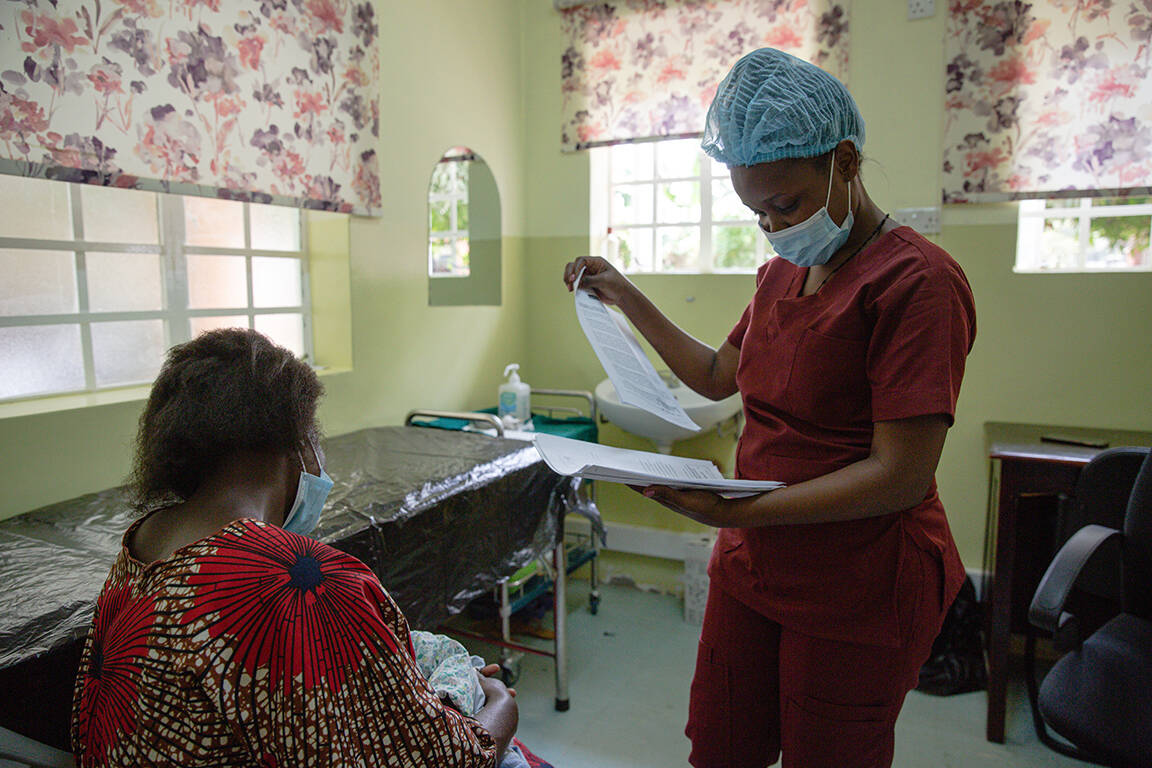Antiretroviral treatment is based on drug cocktails – with a pair of drugs, known as the ‘backbone’, being combined with an ‘anchor’ drug from a different class. Recent years have seen new antiretrovirals become available with advantages over existing treatments. The CHAPAS-4 trial evaluated new options for both backbone and anchor drugs, to assess their suitability for use in children.
The study found that two new options, combinations including tenofovir alafenamide (TAF) in the backbone and dolutegravir as the anchor, were superior to existing treatments. The findings support the WHO recommendation of dolutegravir-based combinations as the preferred second-line option for children, and suggest that TAF-based combinations could also be used as second-line treatments.
The study has also monitored bloodstream levels of antiretrovirals in children receiving different doses according to their weights. These data indicate that levels of TAF in the bloodstream reach those shown to be effective in adults, supporting the dosing schemes. In addition, the data will underpin the development of new fixed-dose combinations and dispersible mini-pills, which will make it easier for children to take their HIV medication.
CHAPAS-4 has also gathered other important data on children with resistant infections. For example, one in five had low bone mineral density, emphasising the need to monitor and address bone weakness as children transition to adolescent and adult HIV care.

scroll down
Effective antiretrovirals have transformed treatment of children living with HIV, who now have every chance of surviving into adulthood. However, in some cases, HIV can develop resistance to the most commonly used antiretrovirals, requiring a shift to alternative, second-line drugs. Suitable second-line treatments have been developed for adults, but special studies are needed to identify the optimal drug combinations and doses for children.
In a series of landmark studies, the CHAPAS project team has generated key evidence on optimal treatments for children living with HIV. The latest programme, CHAPAS-4, which recruited nearly 1000 children aged 3–15 years in Uganda, Zambia and Zimbabwe, has focused on second-line treatments.
The CHAPAS-4 study has identified optimal second-line treatments for children living with HIV who develop drug-resistant infections.

Back-up antiretrovirals for children